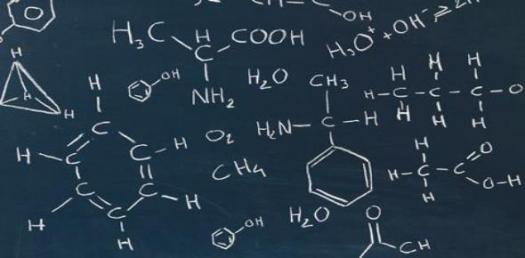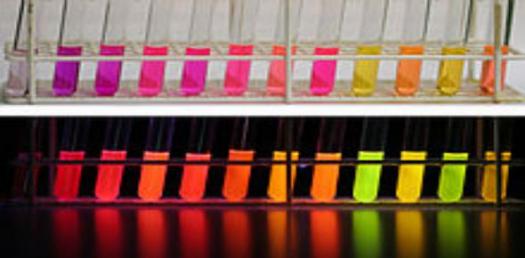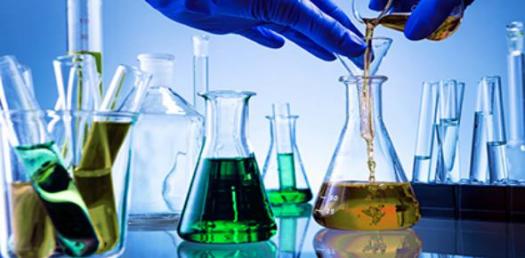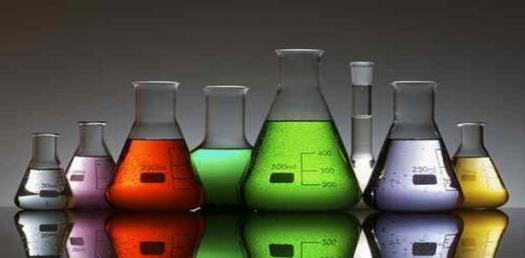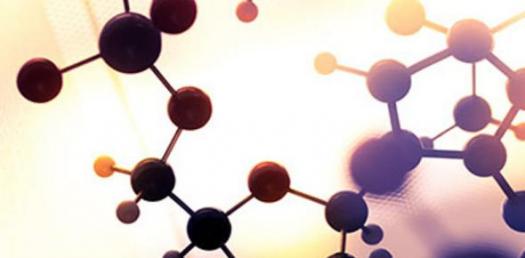Chemical Kinetics! Trivia Facts Quiz

Chemical Kinetics is a rate at which a chemical reaction take place to achieve a final result. However, during chemical reactions, there are conditions in which reactions are needed to be kept. The rate of chemical reactions is altered by temperature, pressure, concentration and others. Take this quiz about Chemical Kinetics in a short time.
- 1.
What reaction produces heat?
- A.
Endothermic reaction
- B.
Exothermic reaction
- C.
Thermal Dissociation
- D.
Direct combination
Correct Answer
B. Exothermic reactionExplanation
An exothermic reaction produces heat because it releases energy in the form of heat to the surroundings. This type of reaction typically involves the breaking of chemical bonds and the formation of new bonds, resulting in a net release of energy. Examples of exothermic reactions include combustion reactions, where a fuel reacts with oxygen to produce heat and light, and neutralization reactions, where an acid reacts with a base to form water and salt, releasing heat in the process.Rate this question:
-
- 2.
Which of these alter the rate of chemical reactions?
- A.
Catalyst
- B.
Reactant
- C.
Product
- D.
Heat
Correct Answer
A. CatalystExplanation
A catalyst is a substance that can alter the rate of a chemical reaction by providing an alternative reaction pathway with lower activation energy. It does not get consumed in the reaction and can be used repeatedly. Reactants are the substances that undergo a chemical change during a reaction. Products are the substances that are formed as a result of a chemical reaction. Heat can also affect the rate of reactions by providing the necessary energy for the reaction to occur. However, a catalyst specifically speeds up the reaction without being consumed in the process.Rate this question:
-
- 3.
Which of these is not a factor affecting the rate of chemical reactions?
- A.
Age of the reactants used
- B.
Physical state
- C.
Surface area
- D.
Nature of the reactants
Correct Answer
A. Age of the reactants usedExplanation
The age of the reactants used is not a factor affecting the rate of chemical reactions. The rate of a chemical reaction depends on factors such as physical state, surface area, and nature of the reactants. The age of the reactants, which refers to the time passed since their creation or acquisition, does not have a direct influence on the rate of the reaction. The chemical properties and conditions of the reactants at the time of the reaction are what primarily affect the reaction rate.Rate this question:
-
- 4.
Which of these is lowered while using catalysts?
- A.
Activation energy
- B.
Activated complex
- C.
The products
- D.
Reactants
Correct Answer
A. Activation energyExplanation
Catalysts are substances that speed up chemical reactions by lowering the activation energy required for the reaction to occur. Activation energy is the minimum amount of energy needed for a reaction to take place. By lowering the activation energy, catalysts make it easier for the reactants to overcome the energy barrier and form the activated complex, which then breaks down into the products. Therefore, activation energy is lowered while using catalysts.Rate this question:
-
- 5.
What is the minimum energy required for a reaction to take place?
- A.
Kinetic energy
- B.
Catalyst
- C.
Activation energy
- D.
Activated complex
Correct Answer
C. Activation energyExplanation
Activation energy is the minimum amount of energy required for a reaction to occur. It is the energy barrier that must be overcome for reactant molecules to transform into product molecules. Activation energy can be thought of as the energy required to break the bonds in the reactant molecules and initiate the reaction. Once the activation energy is surpassed, the reaction proceeds spontaneously and releases energy. Catalysts can lower the activation energy by providing an alternative reaction pathway, but they are not the minimum energy required for the reaction to take place.Rate this question:
-
- 6.
What happens to a catalyst used in a reaction?
- A.
Chemically unchanged
- B.
It increases
- C.
It decreases
- D.
It disappears
Correct Answer
A. Chemically unchangedExplanation
A catalyst is a substance that speeds up a chemical reaction without being consumed in the process. It provides an alternative pathway for the reaction to occur with lower activation energy. Therefore, the catalyst remains chemically unchanged at the end of the reaction. It may undergo physical changes, such as changing phase or forming complexes with reactants, but its chemical composition remains the same.Rate this question:
-
- 7.
What are protein that acts as catalysts in biochemical reactions called?
- A.
Enzymes
- B.
Hormones
- C.
Oxides
- D.
Proteins
Correct Answer
A. EnzymesExplanation
Enzymes are proteins that act as catalysts in biochemical reactions. They speed up the rate of these reactions by lowering the activation energy required for the reaction to occur. Enzymes are highly specific and can catalyze a wide range of reactions in living organisms. They play a crucial role in various biological processes such as digestion, metabolism, and DNA replication.Rate this question:
-
- 8.
Which of these is not a type of chemical reactions?
- A.
Exothermic reaction
- B.
Endothermic reaction
- C.
Catalytic reaction
- D.
Kipp apparatus
Correct Answer
D. Kipp apparatusExplanation
The Kipp apparatus is not a type of chemical reaction. It is a laboratory device used for generating small volumes of gases by the reaction of a liquid with a solid. It consists of two vertically stacked chambers, with the reactants placed in the top chamber and the generated gas collected in the bottom chamber.Rate this question:
-
- 9.
What is the type of reaction when heat is absorbed?
- A.
Thermal dissociation
- B.
Exothermic reaction
- C.
Endothermic reaction
- D.
Catalytic reaction
Correct Answer
C. Endothermic reactionExplanation
When heat is absorbed, it indicates an endothermic reaction. Endothermic reactions are those in which energy is taken in from the surroundings, usually in the form of heat. This results in a decrease in the temperature of the surroundings. In an endothermic reaction, the products have a higher energy level than the reactants, and energy is required to break the bonds in the reactants and form new bonds in the products.Rate this question:
-
- 10.
Which of these is odd?
- A.
Pressure
- B.
Concentration
- C.
Temperature
- D.
Heat
Correct Answer
D. HeatExplanation
Heat is the odd one out among the given options because it is not a measurable quantity like pressure, concentration, and temperature. Heat is a form of energy transfer, whereas pressure, concentration, and temperature are physical properties that can be measured.Rate this question:
-
Quiz Review Timeline +
Our quizzes are rigorously reviewed, monitored and continuously updated by our expert board to maintain accuracy, relevance, and timeliness.
-
Current Version
-
Mar 21, 2023Quiz Edited by
ProProfs Editorial Team -
Jun 17, 2019Quiz Created by
Gregorynaomi
- Atomic Theory Quizzes
- Chemical Bonding Quizzes
- Chemical Compound Quizzes
- Chemistry Practice Quizzes
- Clinical Chemistry Quizzes
- Electrolysis Quizzes
- Functional Group Quizzes
- Gas Quizzes
- General Chemistry Quizzes
- IBSL Chemistry Quizzes
- Medicinal Chemistry Quizzes
- Molecule Quizzes
- Rate Of Reaction Quizzes
- Reaction Quizzes
- Soap Quizzes
- Solution And Mixture Quizzes
- State Of Matter Quizzes
- Stoichiometry Quizzes
 Back to top
Back to top





